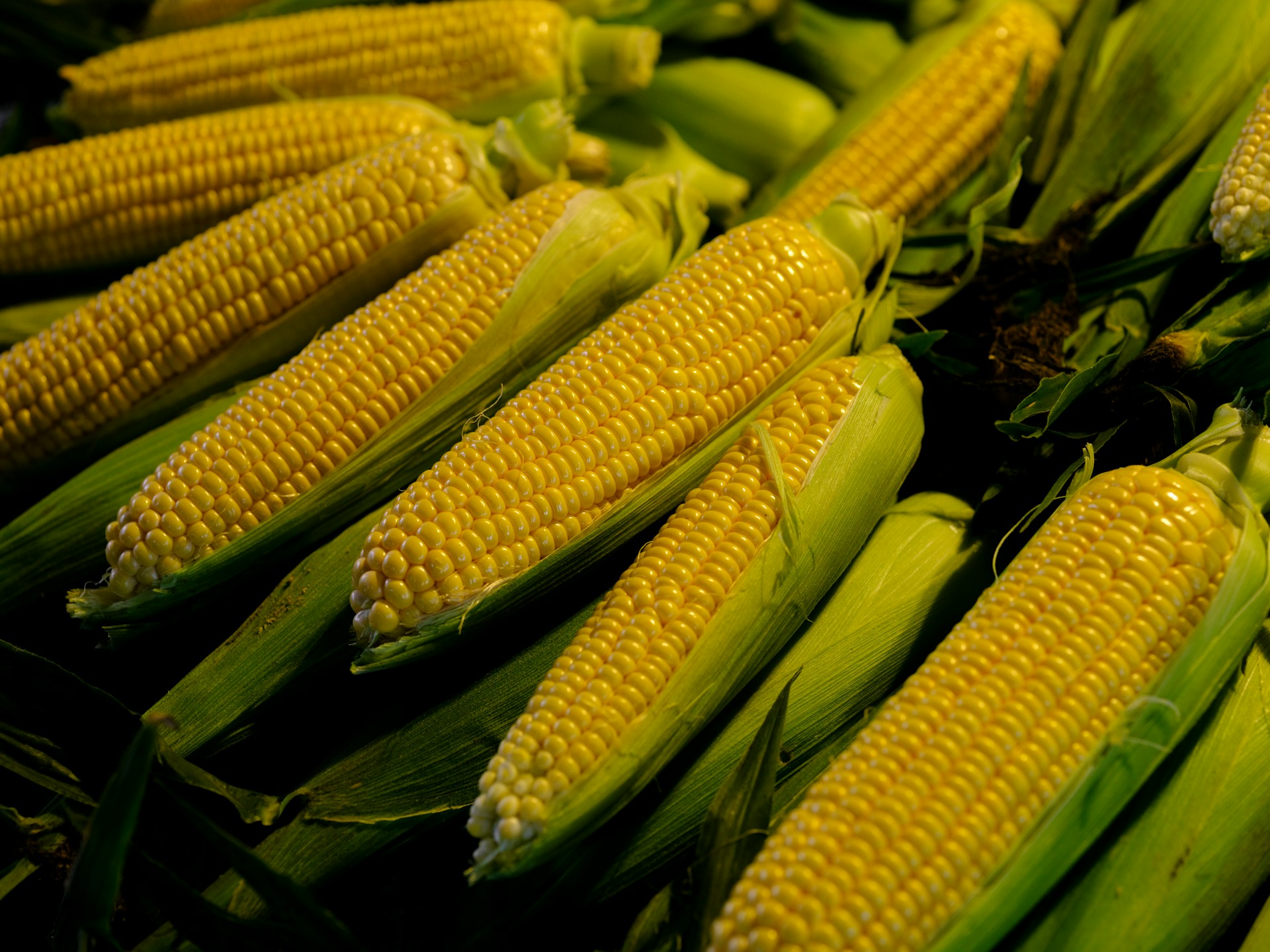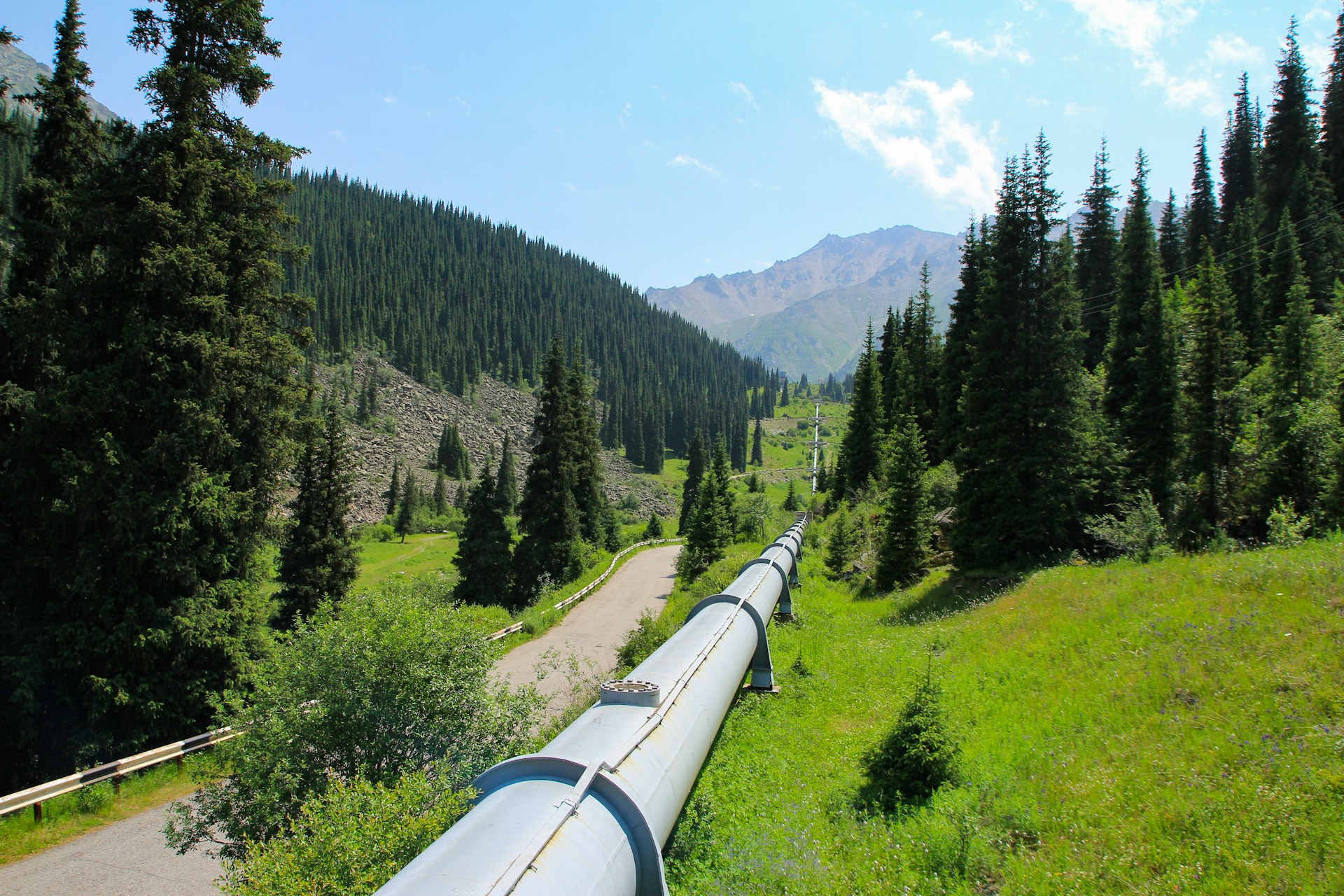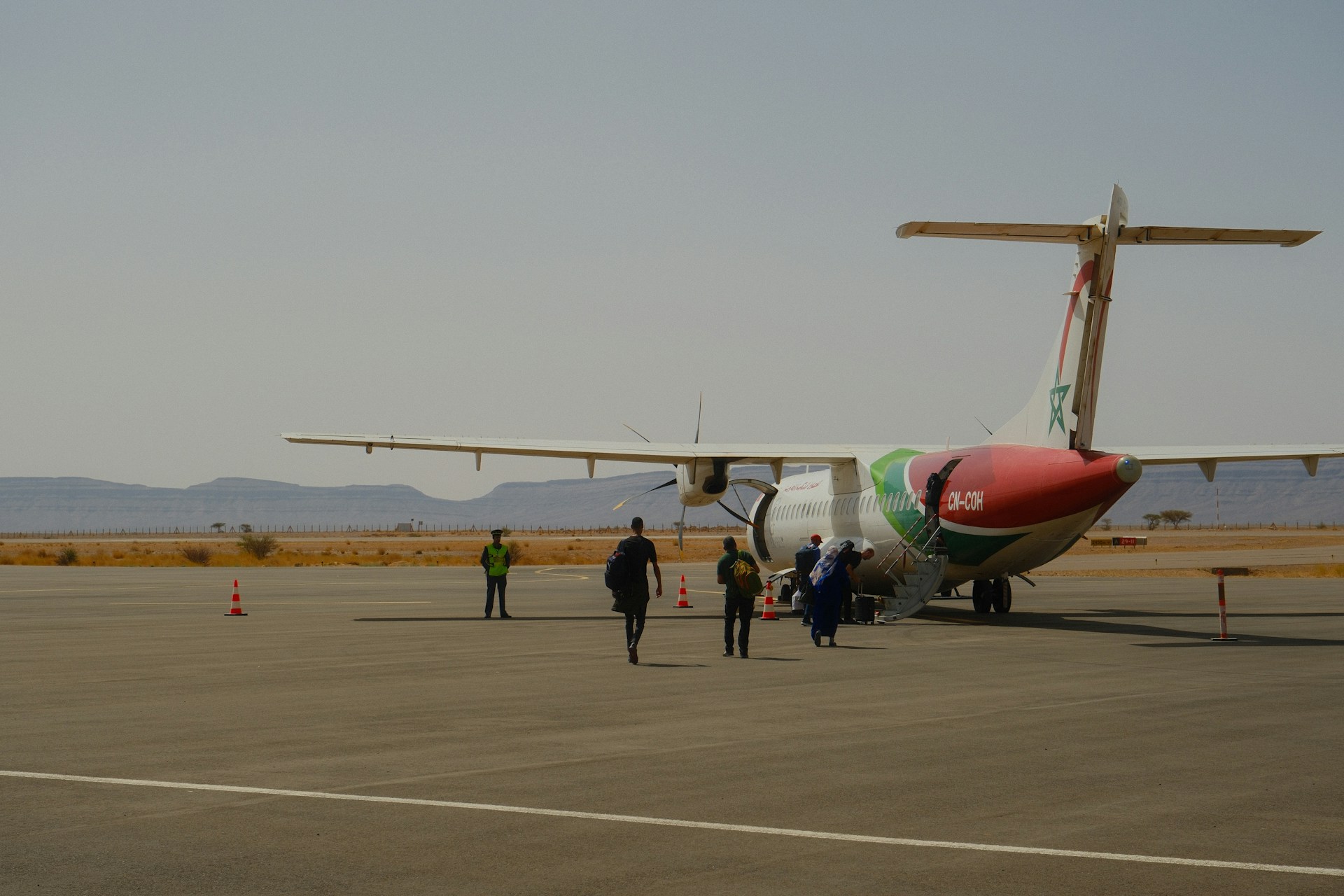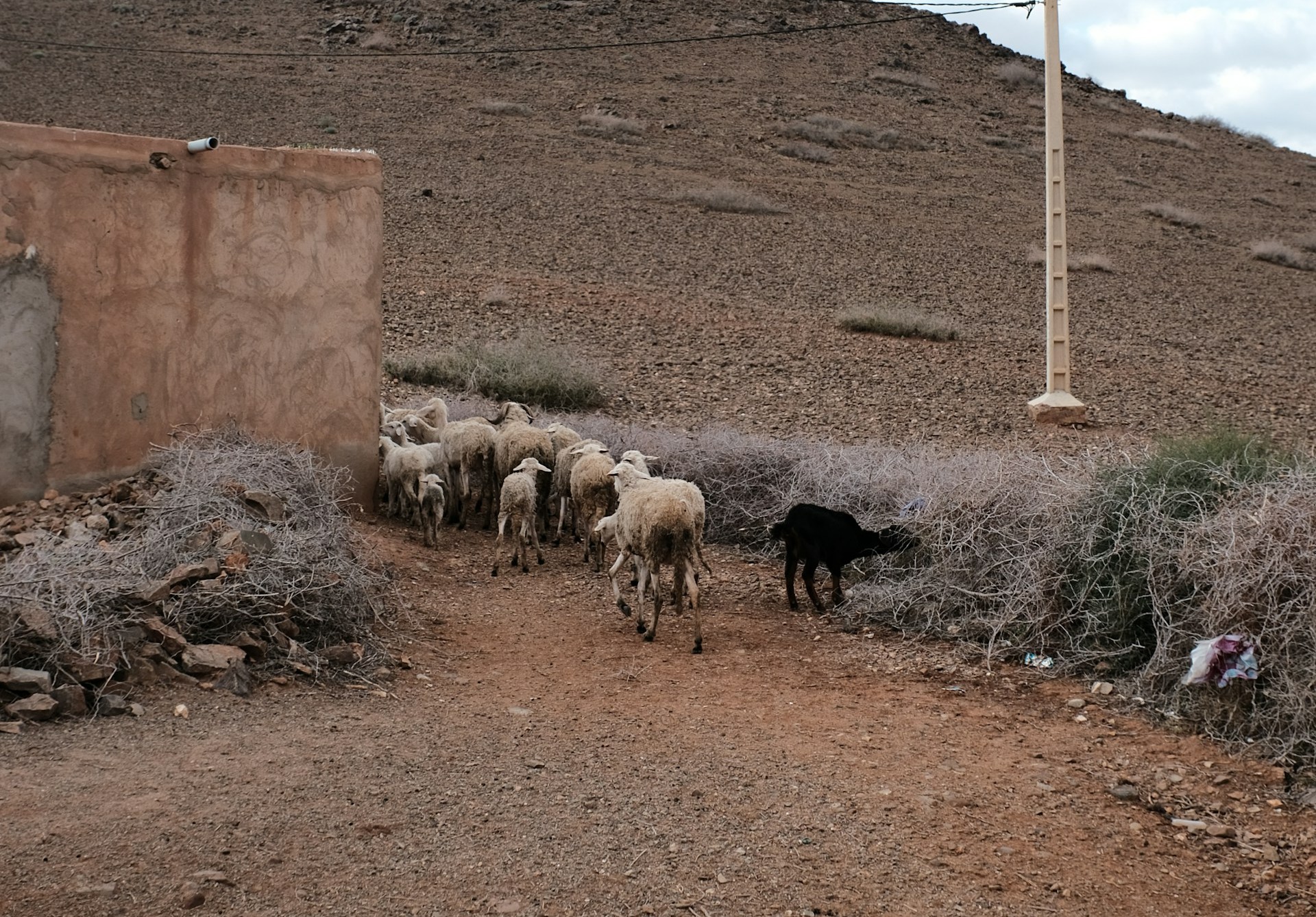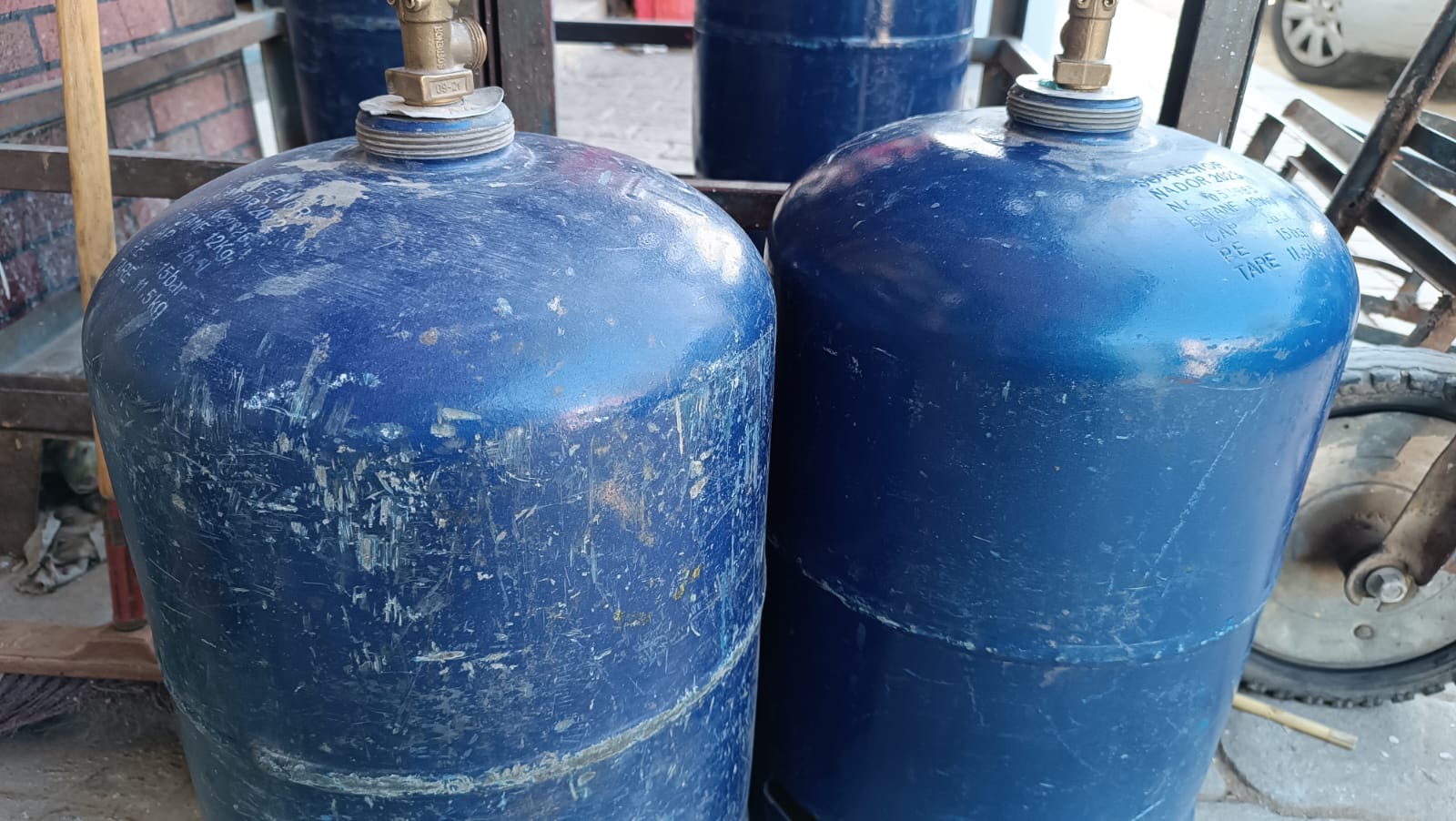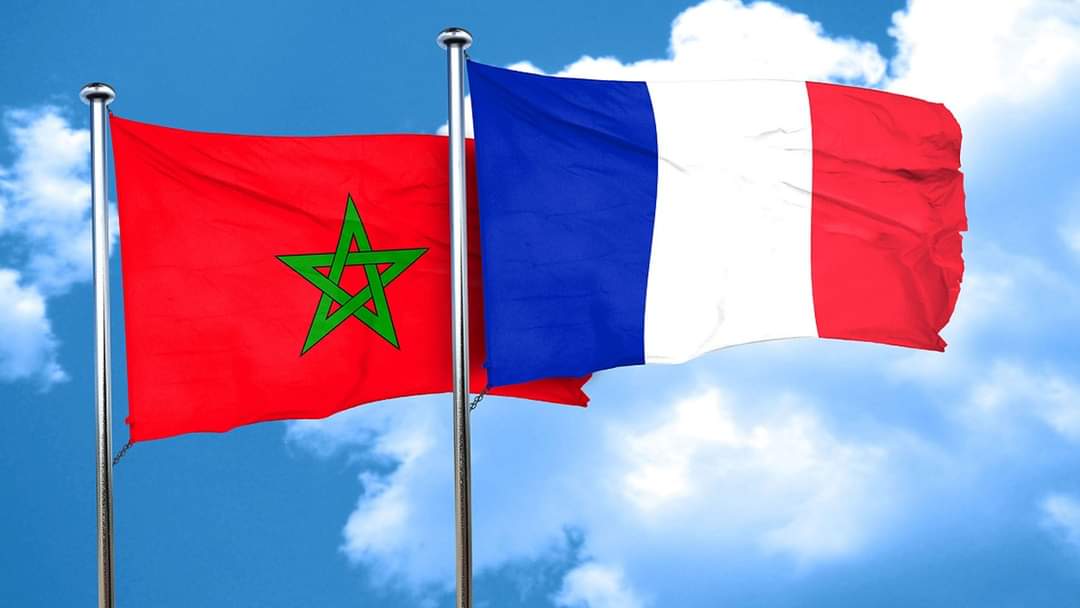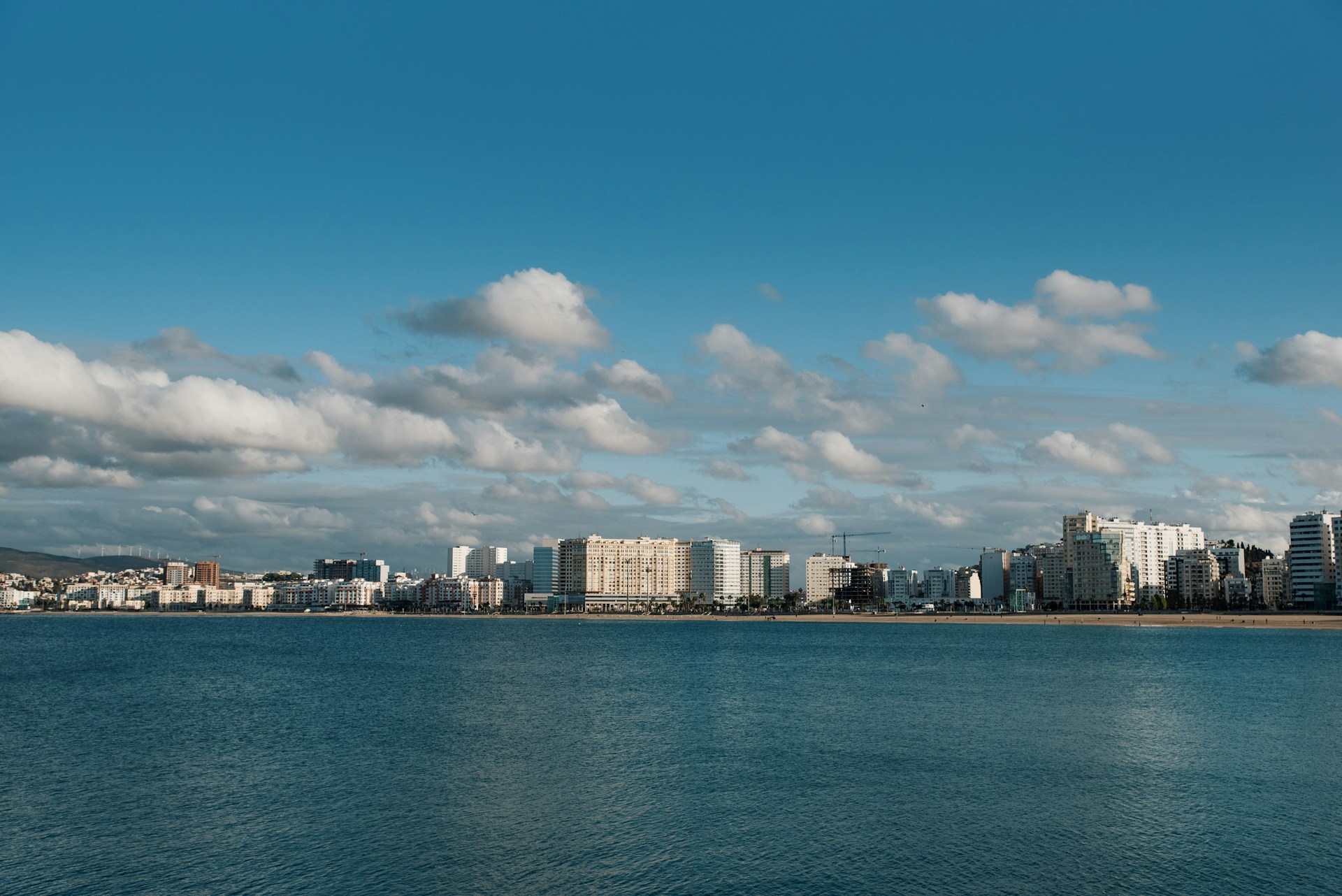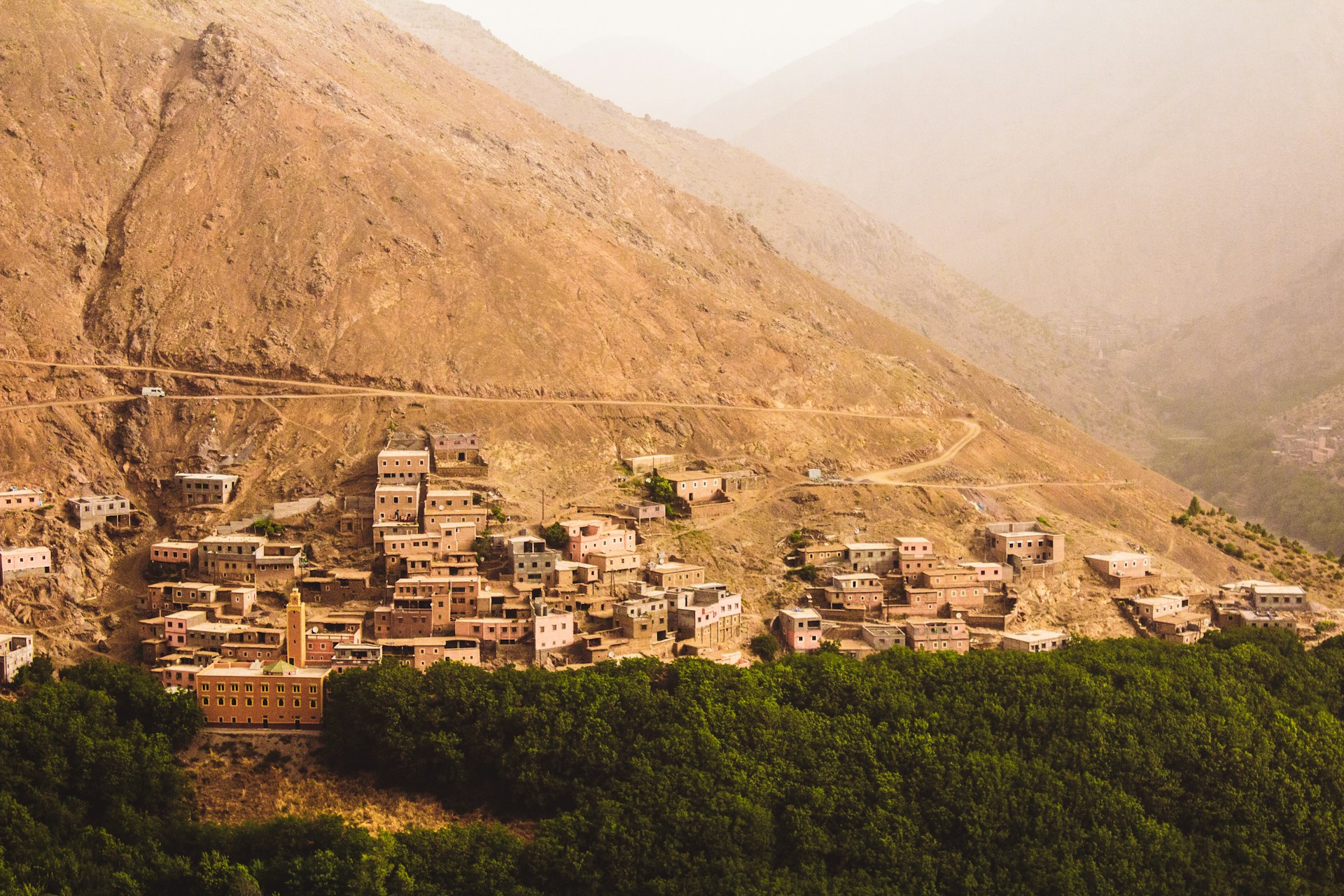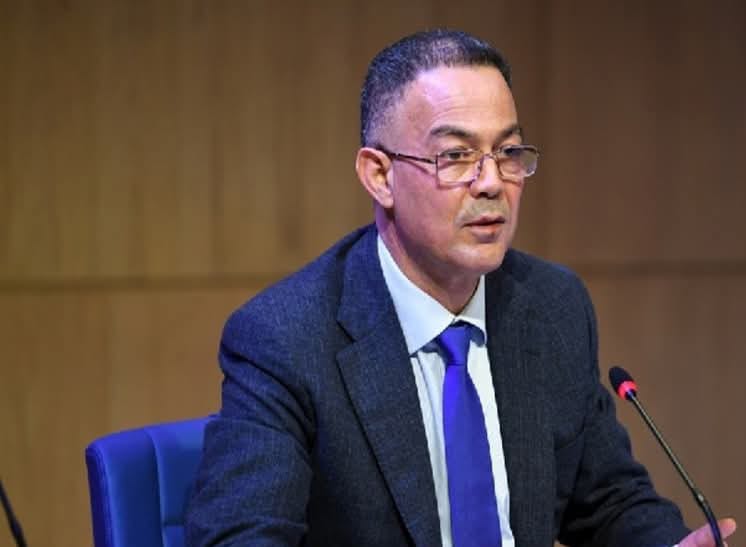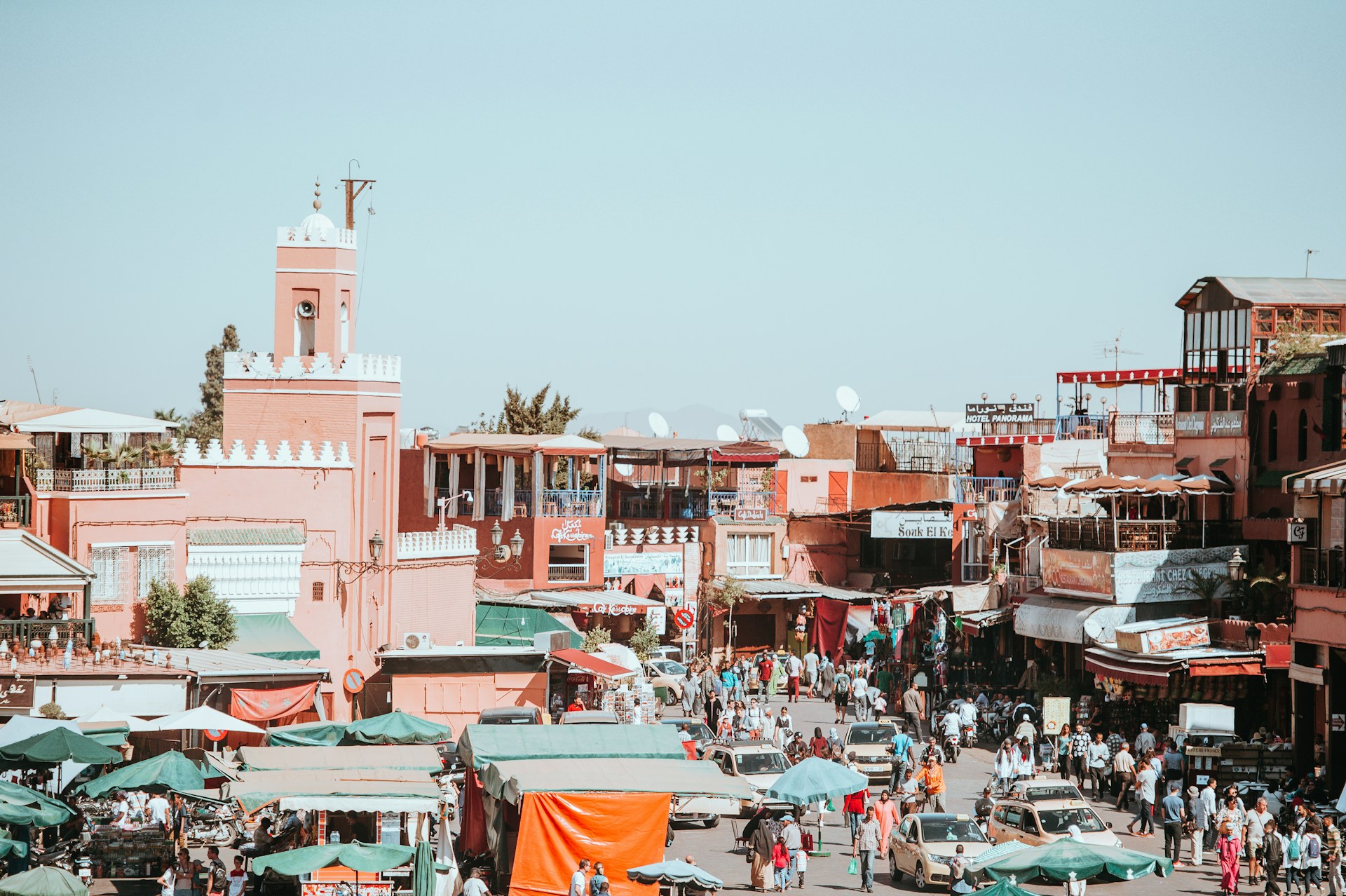Casablanca – As Morocco continues to experience prolonged periods of drought, the government has ramped up its efforts to support small and medium-sized farmers and livestock breeders, directing the majority of its agricultural aid budget to these vulnerable groups. According to recent official statements, 80% of public support expenditures have been allocated to small and medium-scale agricultural operations.
The Ministry of Agriculture, Maritime Fisheries, Rural Development, Water and Forests has outlined a wide-ranging strategy to mitigate the adverse effects of rainfall shortages, protect agricultural production, and preserve livestock across the country. In a series of responses to parliamentary inquiries, Minister Ahmed Bouri emphasized that supporting smaller-scale farmers lies at the core of Morocco’s “Green Generation 2020–2030” strategy.
As part of this policy, the government has implemented an emergency plan based on three primary pillars: livestock relief, support for agricultural production chains, and targeted investment in drought-resistant infrastructure and services. These interventions are designed to sustain rural livelihoods and maintain national food security under worsening climate conditions.
One of the most significant actions under this plan has been the acquisition and distribution of subsidized animal feed. The Ministry confirmed the purchase of approximately 18 million quintals of barley, of which 12.3 million quintals have already been distributed to livestock breeders across the country—a fulfillment rate of around 70%. Since January 2025, an additional 2.4 million quintals have begun distribution, and a further 2 million quintals are scheduled for release in the coming weeks.
Similarly, the government has secured 6 million quintals of compound feed intended for cattle herds. To date, 4.9 million quintals have been delivered, representing 81% of the target. Authorities are currently planning the acquisition of another 2 million quintals to meet ongoing demand.
In addition to feed subsidies, the government’s relief plan includes logistical and infrastructure measures aimed at sustaining livestock farming during periods of drought. These efforts focus on improving water access for herders through the creation and upgrading of supply points. The plan also involves distributing mobile water tanks and cistern trucks, with the government assuming responsibility for their operation and maintenance costs.
Minister Bouri has also highlighted the importance of solidarity agriculture—an approach that emphasizes inclusive, locally driven agricultural development. Under this framework, new projects are being implemented to strengthen animal husbandry practices, rebuild depleted herds, and provide financial and technical assistance to farmers in remote and climate-vulnerable rural regions.
“These solidarity projects aim to support the reconstitution of livestock and empower small breeders, especially in fragile rural areas,” said Bouri. “They also seek to integrate youth and rural women into the agricultural economy by encouraging income-generating activities related to livestock production and services.”
To ensure effective and timely implementation, the Ministry has introduced a streamlined procedure for project rollout. This includes clear eligibility criteria for both regions and beneficiaries, phased implementation plans, and robust governance and monitoring mechanisms.
Among the practical measures being deployed are the planting of forage shrubs to improve pasturelands, the distribution of forage seeds, the establishment of new water points, and the construction of sprouted barley production units. Additionally, livestock fattening centers are being established, and essential breeding equipment is being distributed to farmers.
Other components of the initiative include farmer training programs to improve production techniques, the acquisition of high-quality breeding males to enhance local livestock genetics, and the provision of technical and veterinary support services.
According to the Ministry, all these efforts are aimed at reducing the long-term impact of drought on Morocco’s livestock sector—particularly the supply of red meat, which has faced significant pressure due to declining herd sizes and rising costs. By stabilizing the sector, the government also hopes to curb the sharp increase in meat prices that has affected consumers nationwide.
At the local level, ministry offices are currently working with professional agricultural organizations to co-design and implement livestock-focused solidarity projects. These are being developed through a participatory approach to ensure they are adapted to the specific needs and conditions of each region.
In the face of climate variability and increasing water scarcity, Morocco’s strategy reflects a growing recognition that sustainable agricultural support must prioritize the most vulnerable actors in the food production system. With the majority of aid now directed toward smallholders, the government appears committed to balancing immediate relief with long-term resilience.


